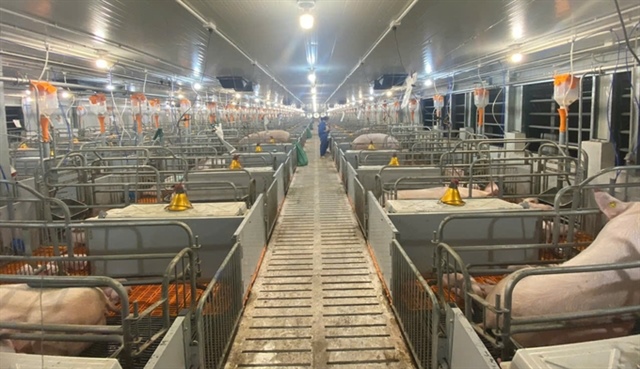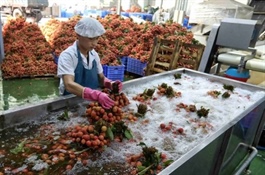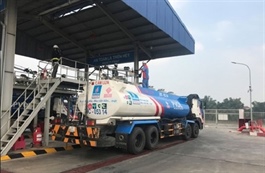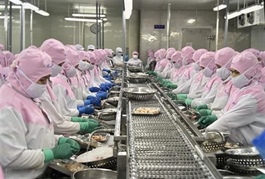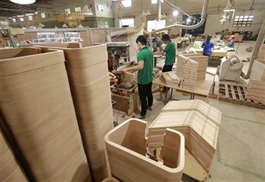Hard times linger for cement firms
Hard times linger for cement firms
Many cement producers have reported an underwhelming performance in the first half of the year, with several ones posting losses, primarily due to dwindling consumption.
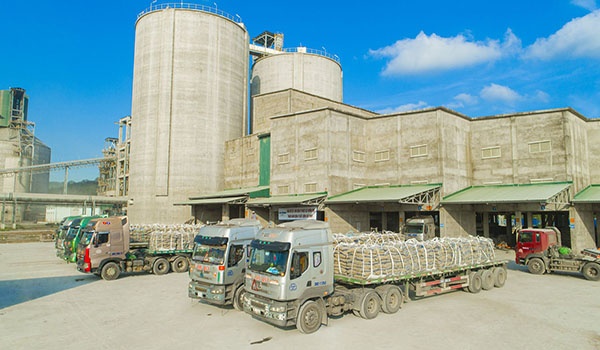
Vicem But Son JSC, a major member of the state-owned conglomerate Vietnam Cement Industry Corporation (Vicem), extended its losing streak for the seventh consecutive quarter in the second quarter (Q2) of this year, incurring $1.5 million in losses.
The company’s revenue shed 10 per cent on-year in the first half (H1) of 2024, falling to $50 million, with losses amounting to $3.83 million, compared to a $1.3 million contraction one year ago.
Vicem Hai Van JSC, also a part of Vicem, saw a dip of 43 per cent in its Q2 revenue falling to just over $4 million, and losses approximating $396,000, marking the company’s fifth consecutive loss-making quarter.
Overall, the company incurred $1.25 million losses in H1, driving its losses to $3.4 million by the end of June.
Parent company Vicem continued to count its losses, reporting a $36 million deficit, mainly driven by the underperformance of its members, such as Vicem But Son, Vicem Hai Van, Vicem Bim Son, and Vicem Halong.
Vicem leaders explained the losses due to slow demand from the domestic sector in H1 following a limited number of civil engineering construction projects, with the real estate market yet to show any sustained signs of recovery.
In addition, stiff competition in pricing among cement firms, prompted by rising inventory and redundancy in current production capacity, has badly affected production and business efficiency in the sector.
Despite the gloomy situation, several firms with good fundaments have managed to see some profit during the period.
Vicem Ha Tien reported more than $141 million in revenue and $875,000 in profit in H1, while Chinfon JV announced $25,250 in profit, more than double compared to the $11,250 profit for the same period last year.
As for the profit picture in 2024, Vicem leaders spoke of the challenge in predicting prices for input materials for the rest of the year, during which the cost of electricity is forecast to continue its upward trend, while the demand for cement might not recover before the year-end.
Following such a downbeat performance in H1, most observers agree it will be quite difficult for cement firms to see a performance turnaround for H2, as the market for cement seems unlikely to prosper before the end of the year.
Firms in the cement sector are near unanimous in their view that fulfilling full-year plans for 2024 looks improbable at best due to the depressed market demand, with local consumption forecast to barely touch 60 million tonnes.
Last year, the figure was 56.6 million tonnes, equal to 83.5 per cent of 2022.


